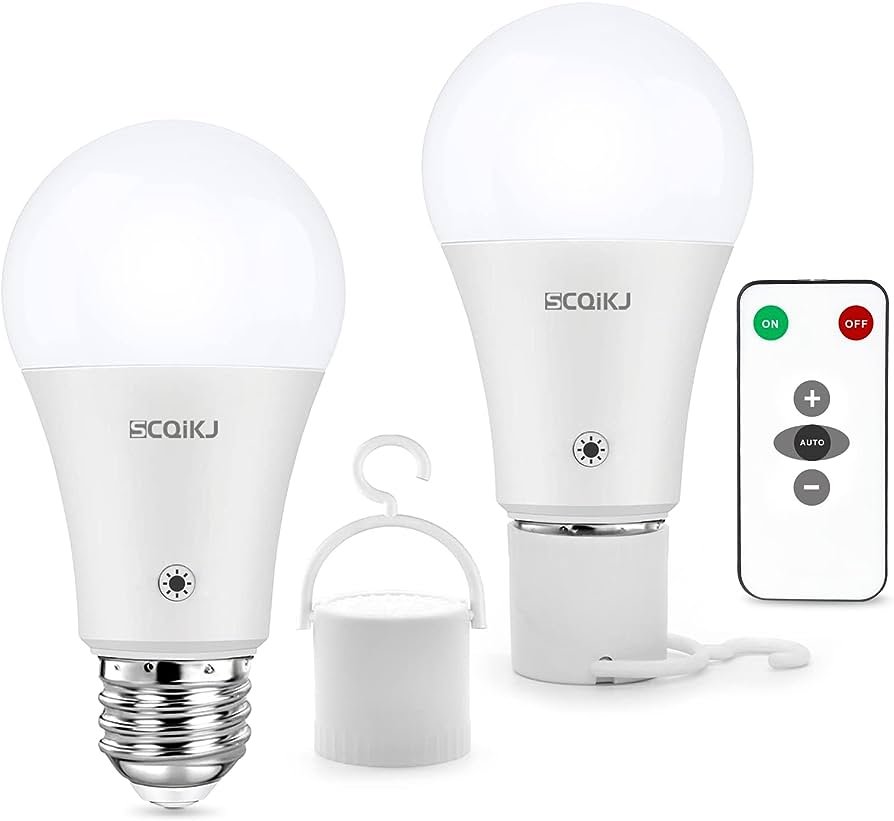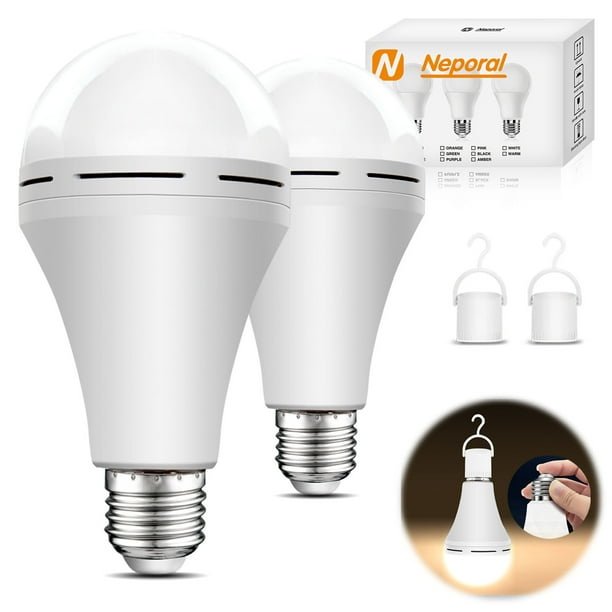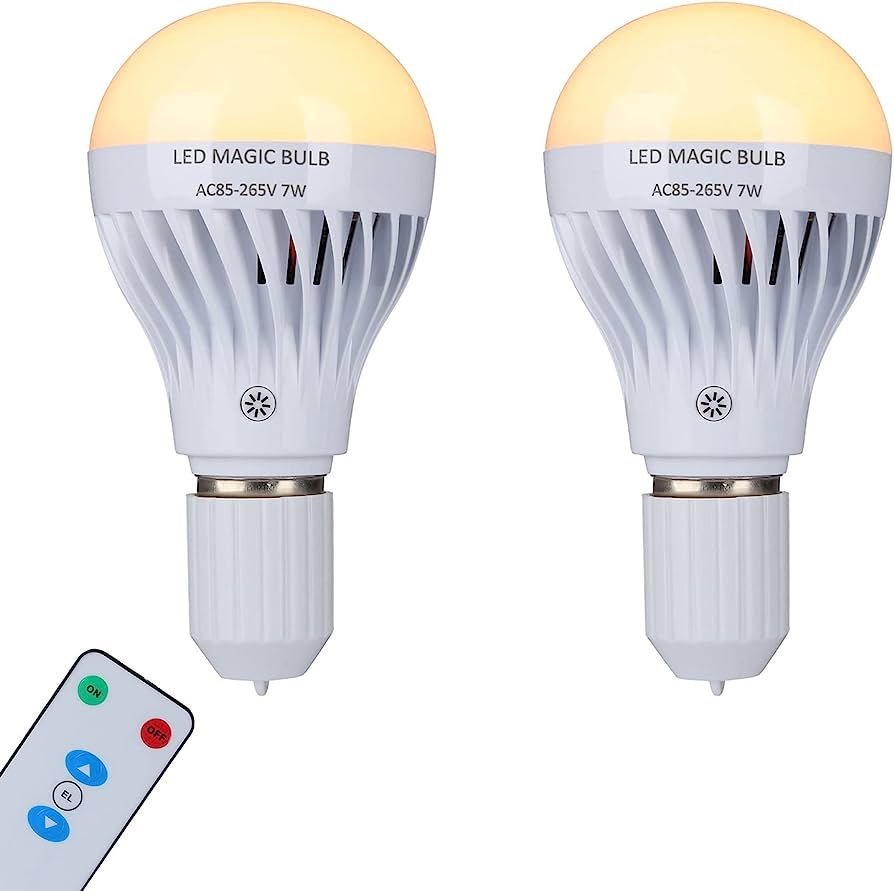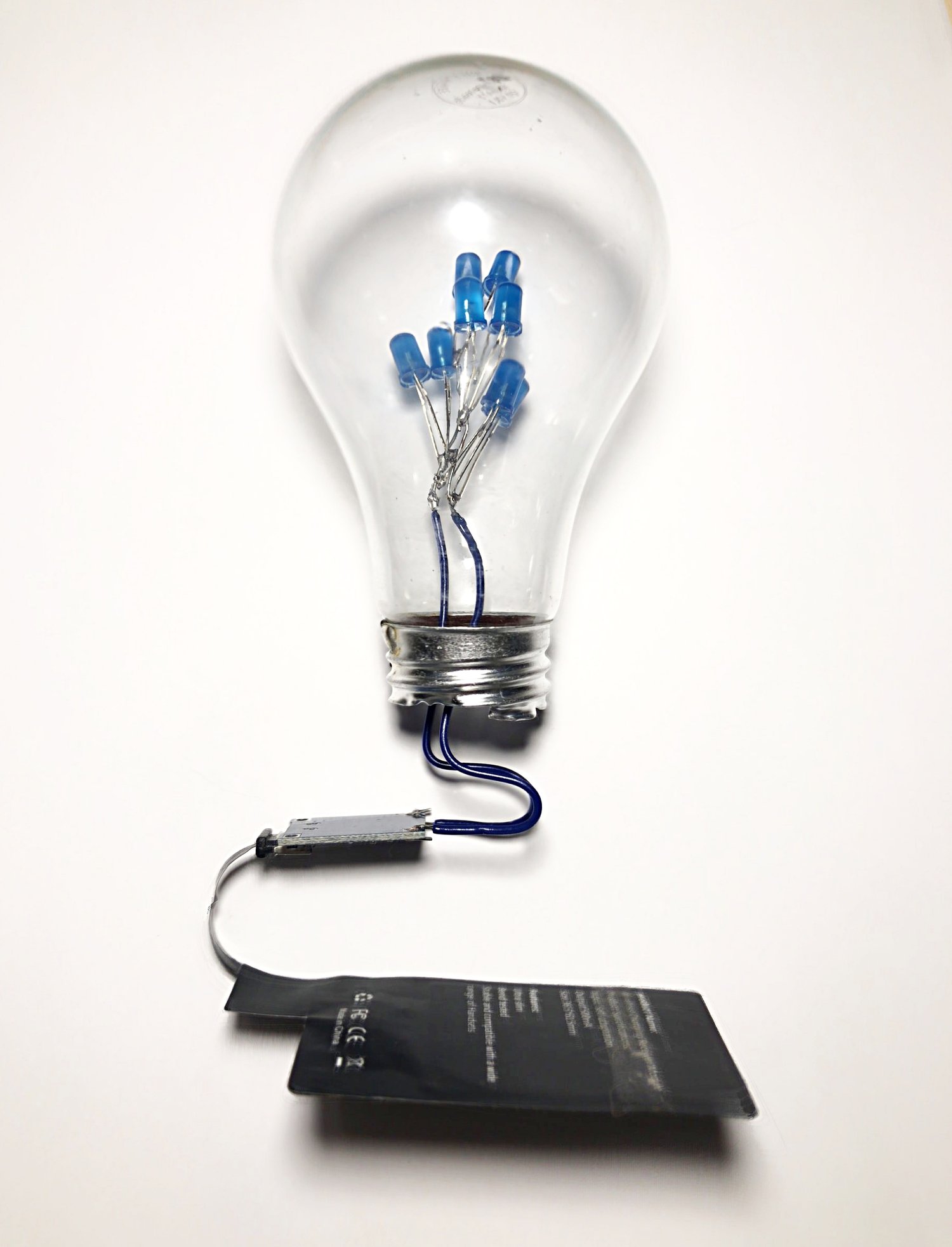
Imagine never having to worry about changing batteries or plugging in your rechargeable bulbs ever again! In this article, we will explore the fascinating world of induction charging for rechargeable bulbs and its cutting-edge technology. Say goodbye to the hassle of cords and adapters as we delve into the various charging mechanisms, including USB and solar, that make these bulbs a convenient and eco-friendly lighting option. Get ready to be amazed by the possibilities that induction charging presents for the future of lighting!
Charging Mechanisms and Technology
Introduction
In today’s world, where technological advancements are constantly taking place, charging mechanisms play a vital role in ensuring that our devices remain powered and functional. When it comes to rechargeable bulbs, there are various charging options available. This article will explore three popular methods: USB charging, solar charging, and induction charging. By understanding the advantages and disadvantages of each method, we can make an informed decision about which option suits our needs the best.
USB Charging
USB charging has revolutionized the way we power our portable devices. It allows for easy and convenient charging through a simple connection to a computer, power bank, or wall adapter. Rechargeable bulbs that support USB charging typically come with a built-in USB port, which provides a standardized and widely compatible charging solution. This means that you can charge your bulbs using the same cables and adapters you use for other devices. USB charging offers the convenience of versatility, making it an attractive option for many users.
Solar Charging
Harnessing the power of the sun, solar charging presents an environmentally friendly and sustainable solution for recharging bulbs. Solar panels, usually integrated into the design of the bulb or as a separate accessory, capture solar energy during the day and convert it into electricity. This stored energy can then be used to power the bulb at night. Solar charging eliminates the need for external power sources and allows for greater mobility and flexibility. It is particularly useful in areas with limited access to electricity or during outdoor activities such as camping or hiking.
Induction Charging
One of the cutting-edge technologies in the field of charging mechanisms is induction charging. Also known as wireless charging, induction charging eliminates the need for physical connections between the charging source and the device. Instead, it uses electromagnetic fields to transfer energy wirelessly from the charging pad or base to the rechargeable bulb. As a result, the charging process becomes more convenient and hassle-free.

Advantages of Induction Charging
Induction charging offers several advantages compared to other charging methods. Firstly, it eliminates the need for cables, reducing clutter and simplifying the charging process. You don’t have to worry about finding the right cable or dealing with tangled wires. Additionally, induction charging is safer as it minimizes the risk of electrical shocks and short circuits. With no exposed charging ports, there is less chance of damage to the charging mechanism. Induction charging is also more durable, as there are no physical connectors that can wear out over time. This results in longer-lasting and more reliable charging solutions.
Disadvantages of Induction Charging
Despite its numerous benefits, induction charging does have a few drawbacks. One of the main disadvantages is its relatively lower charging efficiency compared to other methods. It can take longer to fully charge a bulb using induction charging, especially when compared to direct charging methods like USB. Additionally, the distance between the charging pad and the bulb can affect the efficiency of the charging process. The closer the bulb is to the charging source, the more efficient the charging will be. This means that the charging area needs to be considered when using induction charging.

How Induction Charging Works
Induction charging relies on electromagnetic fields to transfer energy wirelessly. It involves two main components: the charging pad or base and the receiver in the rechargeable bulb. The charging pad contains a coil that generates an alternating current (AC) magnetic field. This field induces a voltage in the receiver’s coil, which is then converted back into direct current (DC) to charge the battery of the bulb. This electromagnetic energy transfer is efficient and effective, providing a hassle-free charging experience.
Components of an Induction Charging System
To set up an induction charging system for rechargeable bulbs, you will need three main components: the charging pad or base, the receiver, and a power source. The charging pad or base is typically connected to a power source, such as a wall outlet. It generates the AC magnetic field necessary for the energy transfer. The receiver, embedded in the bulb, consists of a coil that captures the energy from the charging pad and converts it into usable electricity. Lastly, the power source provides the necessary electrical power to the charging pad.

Induction Charging Process
The induction charging process starts when the charging pad or base is connected to a power source. The pad generates an alternating current (AC) magnetic field. When the receiver coil in the bulb comes within range of this magnetic field, it induces a voltage in the coil. The receiver then converts this alternating current (AC) into direct current (DC) to charge the battery of the bulb. Once the battery is fully charged, the induction charging process stops automatically, ensuring that the bulb is not overcharged.
Induction Charging Efficiency
The efficiency of induction charging can vary depending on various factors. One significant factor is the distance between the charging pad and the receiver coil in the bulb. The closer the two components are, the more efficient the energy transfer will be. Additionally, factors such as the alignment of the receiver coil with the charging pad’s coil, the temperature, and the quality of the components used can also impact the overall efficiency. While induction charging may not be the fastest charging method available, advancements in technology continue to improve its efficiency, making it a convenient and reliable charging solution.
In conclusion, the world of charging mechanisms and technology offers several options for recharging bulbs. USB charging provides versatility and convenience, while solar charging harnesses the power of the sun for eco-friendly charging. Induction charging introduces a wireless and clutter-free experience with added safety and durability. By understanding the advantages, disadvantages, and inner workings of induction charging, we can appreciate the benefits it offers in terms of convenience and reliability. As technology continues to evolve, induction charging is expected to become even more efficient, making it an exciting prospect in the world of charging mechanisms for years to come.






